26 December 2024
Villains. They’re the ones we love to hate and, let’s admit it, sometimes just love. In gaming, the bad guys (or gals) are often what make the story come alive. They’re not just there to give the hero someone to fight—they’re complex, layered, and, in some cases, more interesting than the protagonists themselves. But why are gaming villains so compelling? What makes us remember characters like Sephiroth, GLaDOS, or Vaas long after we’ve beaten the game? Let’s dive into the fascinating psychology behind gaming villains and unravel why we just can’t get enough of them.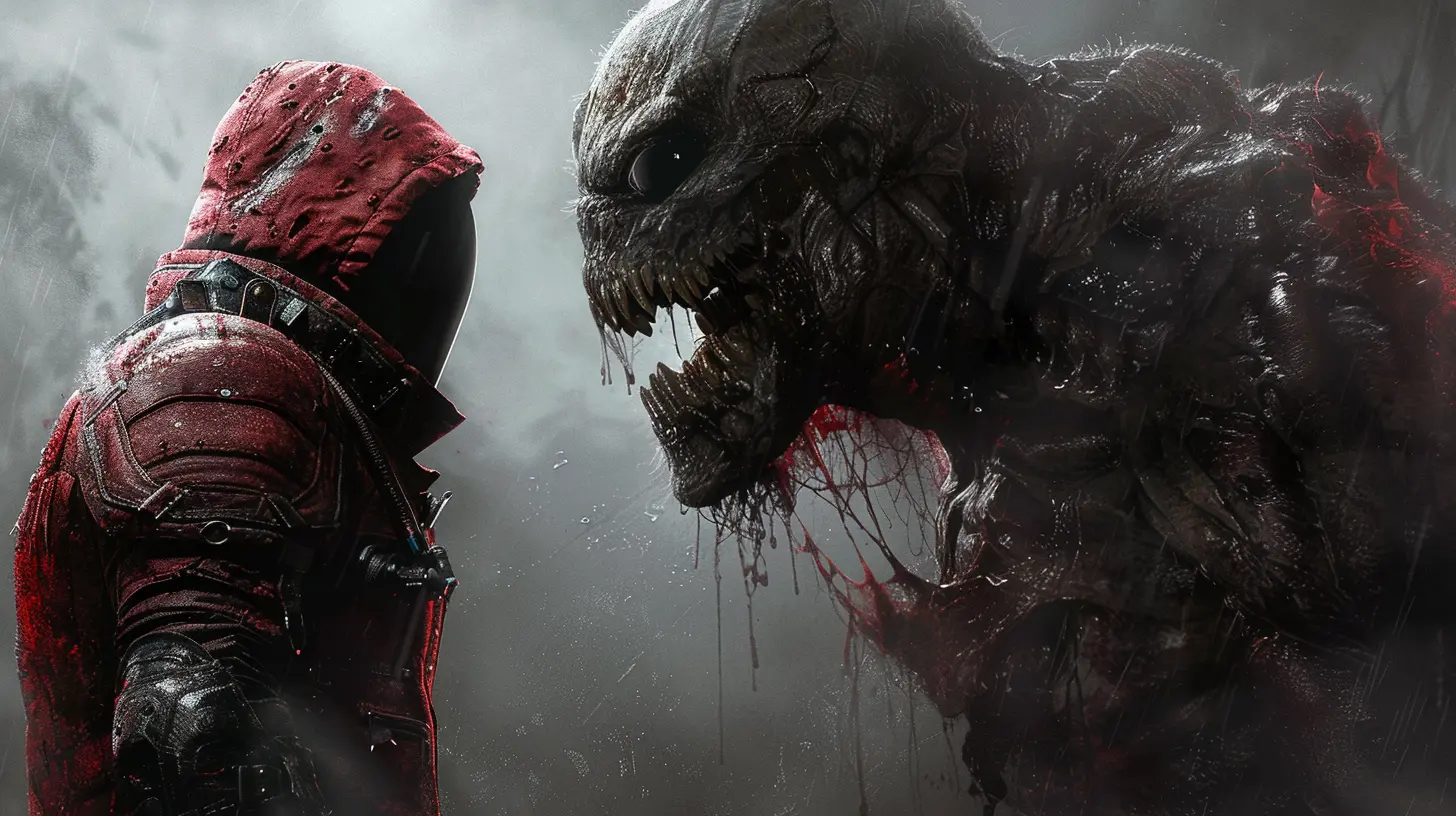
The Role of Villains in Gaming
Before we get into the nitty-gritty, let’s take a step back. What’s the point of a villain in a game anyway? Sure, they’re there to create conflict and obstacles for the hero, but it’s more than that. Villains are often mirrors of the protagonists—darker, twisted reflections of what the hero could become if they made different choices. They challenge not just the hero’s strength but also their morals, values, and resilience.Think about it: how boring would a game be without a worthy adversary? Without Bowser, Mario would just be a plumber parkouring for fun. Without Ganondorf, Link’s adventures wouldn’t carry the same sense of urgency. Villains give us stakes, and they make the victories feel hard-earned and meaningful.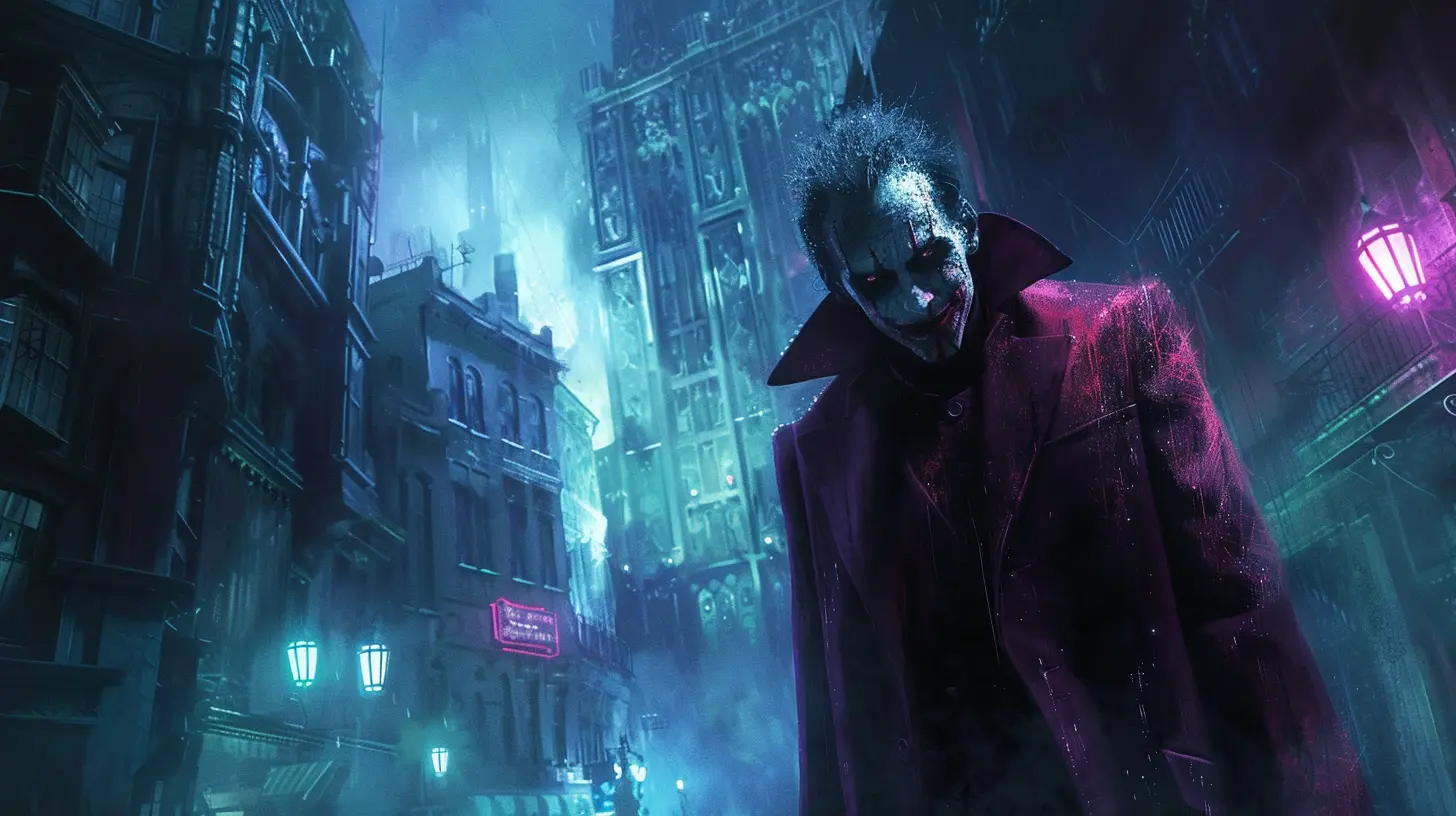
The Psychology Behind a Great Villain
A great villain doesn’t just pop out of nowhere. There’s usually something deeper going on under the surface—something that makes them relatable, even if we don’t agree with their actions. Let’s break down some of the psychological aspects that make gaming villains so captivating:1. Humanizing Their Motives
A truly memorable villain isn’t evil for the sake of being evil. They have reasons, even if those reasons are warped. Maybe they’ve experienced deep trauma, or they genuinely believe their actions will benefit the world. A good example? Thanos from the Marvel universe (and yes, video games based on him exist too). He believes wiping out half the universe is the only way to save it. Horrifying? Absolutely. But in his mind, he’s the hero of the story.In gaming, take Andrew Ryan from BioShock. He’s not a mustache-twirling cartoon villain; his entire philosophy is rooted in objectivism and the belief in personal freedom (even when that freedom spirals into chaos). You don’t have to agree with him, but you can kind of see where he’s coming from.
2. The Sympathetic Backstory
Ever noticed how a villain with a tragic past tends to hit harder emotionally? It’s because their backstory makes them feel… human. We get a peek into why they turned out the way they did.Sephiroth from Final Fantasy VII is a prime example. His descent into madness wasn’t random—it was driven by the discovery of his origins and the lies fed to him by Shinra Corporation. Similarly, Arthas Menethil from Warcraft started as a noble paladin but became the Lich King due to his desperation to save his people. These tragic arcs make you wonder: “What if things had been different? Could they have been saved?”
3. Charisma and Presence
Here’s the thing: a bland villain is forgettable. The best villains own the screen (or your monitor), commanding attention with their charisma, wit, or sheer unpredictability. Think Vaas Montenegro from Far Cry 3. His monologue about the definition of insanity? Pure gold. He’s erratic, terrifying, and yet, you can’t look away.And let’s not forget GLaDOS from Portal. She’s an AI antagonist who is as hilarious as she is sinister. Her dry humor and constant insults make her oddly endearing, even while she’s trying to kill you. Villains like these demonstrate that personality goes a long way in making an antagonist memorable.
Why Do We Relate to Villains?
Alright, let’s get real for a second. Deep down, don’t we all have a tiny soft spot for villains? They represent the parts of human nature we don’t always talk about—the anger, the insecurity, the feelings of loss or rejection. They let us explore darker elements of the human psyche without actually indulging in them ourselves.Villains also give us a glimpse of what happens when someone gives in to their worst impulses. It’s kind of like looking into a mirror and thinking, “Wow, I could’ve taken a very different path in life.”
Ever heard of the term “anti-villain”? These are characters who are technically antagonists but have redeeming qualities or noble intentions. Think about Haytham Kenway from Assassin’s Creed III. He’s a Templar, which automatically makes him the “enemy,” but his wit, charm, and logical arguments make him more than just a bad guy.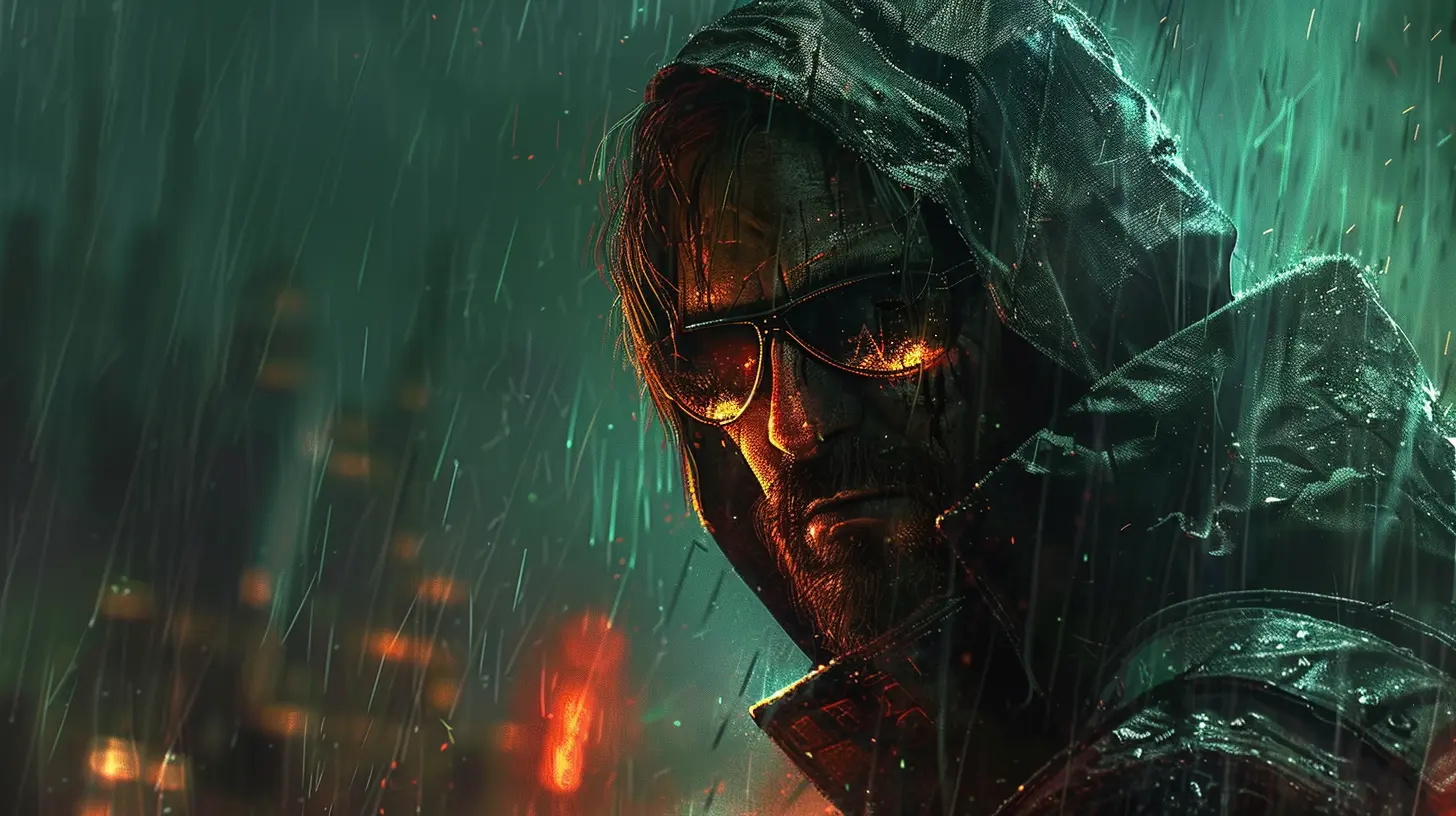
Gaming Villains Who Left a Mark
Let’s take a quick look at some iconic villains who’ve left players simultaneously terrified and fascinated:1. Sephiroth (Final Fantasy VII)
Ah, the one-winged angel. Sephiroth’s descent into villainy is as much a story of self-discovery as it is one of vengeance. He’s not just evil; he’s broken, betrayed, and utterly consumed by his purpose.2. GLaDOS (Portal)
This sarcastic AI takes passive-aggressiveness to a whole new level. Whether she’s mocking your weight or subjecting you to deadly puzzles, GLaDOS’s personality is a mix of humor and menace. It’s hard not to admire her, even as she’s plotting your demise.3. Vaas Montenegro (Far Cry 3)
Vaas is chaos personified. His unpredictable nature, combined with his haunting line about insanity, makes him one of the most memorable villains in gaming history. You’re scared of him, but you can’t deny he’s entertaining.4. Dutch van der Linde (Red Dead Redemption 2)
Dutch isn’t a traditional villain, but his moral decline throughout the game is both heartbreaking and fascinating. He starts as a charismatic leader with good intentions but slowly spirals into paranoia and greed.5. Handsome Jack (Borderlands 2)
Handsome Jack isn’t your typical bad guy—he’s hilarious, sarcastic, and oddly relatable. Sure, he’s a power-hungry megalomaniac, but his personality makes him one of the most entertaining villains ever.The Player-Villain Connection
It might sound weird, but the best villains make us feel something. Whether it’s fear, pity, anger, or even admiration, they evoke emotions that stick with us. And when a game can make you care about the villain, you know it’s doing something right.Sometimes, games even let us step into the shoes of the villain—think Spec Ops: The Line or The Last of Us Part II. These experiences challenge our morality and force us to face the uncomfortable truth: being the “bad guy” isn’t always as black-and-white as it seems.
Wrapping It Up
Gaming villains aren’t just obstacles—they’re intricate, multi-dimensional characters that make stories unforgettable. From their complex motives to their tragic backstories and undeniable charisma, villains add depth and drama to the gaming experience. Whether you love to hate them or secretly root for them, one thing is clear: villains are an indispensable part of what makes games so immersive and compelling.Next time you face off against a big bad, take a moment to consider their perspective. Who knows? You might just find a piece of yourself in their story.


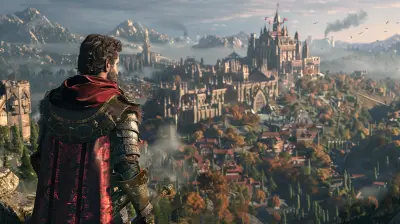
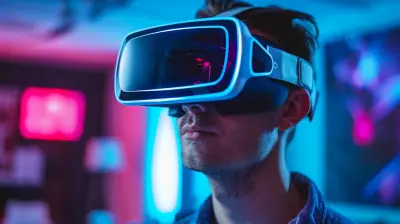
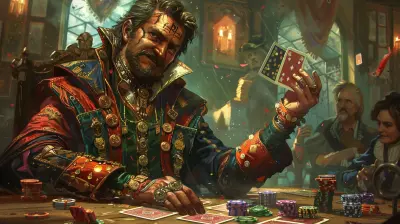
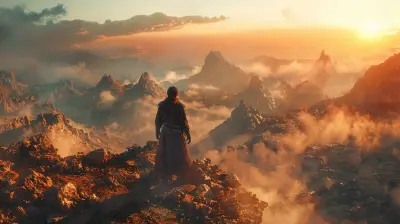
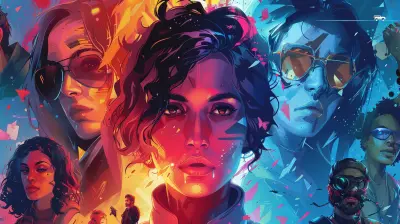



Valen Schultz
Delving into the minds of gaming villains reveals not just their complexity, but also the profound impact of storytelling. Let's celebrate how these characters challenge us to reflect and grow!
February 9, 2025 at 4:42 PM